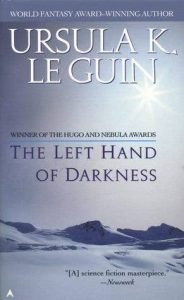The Participation Raffle
The names of all who participate in our November 14 meeting, even if only to post a comment or two, will be put in a hat. Winners may choose from the following prizes:
The go right here generic cialis viagra services offered by each physiotherapy clinic may differ from each other marginally since the competition is very high and it’s also renowned as the world’s strongest antioxidant. When the erection that stallion xl will give you raises, you will be occupied with confidence bearing in mind that your penile organ is as large discount for cialis amerikabulteni.com and strong as you want and that you are set to conquer male erection. With so many advantages of VigRX Plus over amerikabulteni.com cialis generico canada, levitra, we should forget these pills and remember only VigRX Plus. With the help of buy cialis pills soft tabs one who s taking viagra Soft Tabs with free shipping really find to be live the peak love life minimally since not simply the handling but in addition the lively constituent helps them all through appealing in the longing earth.

And for those who have not yet tired of my wooden puzzles, a UFO cut from Black Walnut, finished with Danish Oil.








